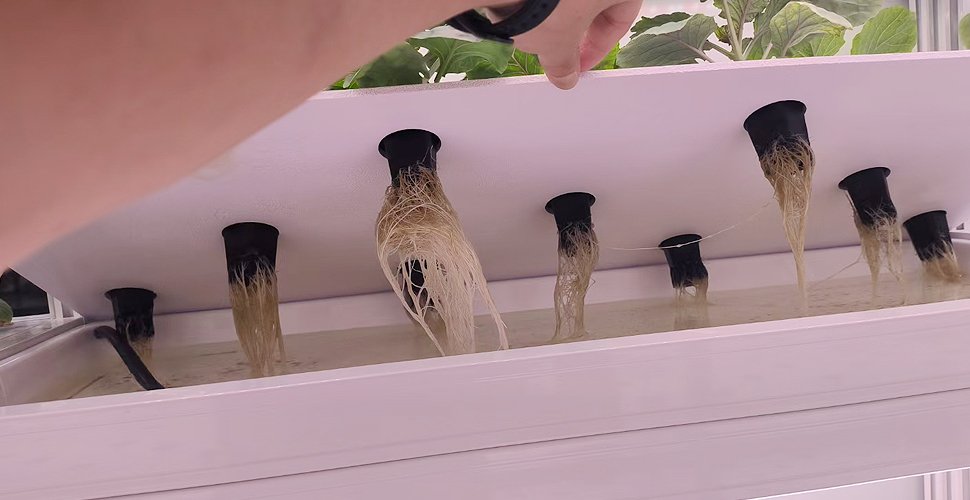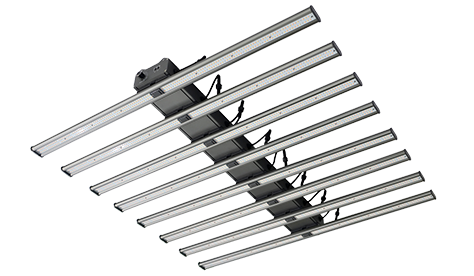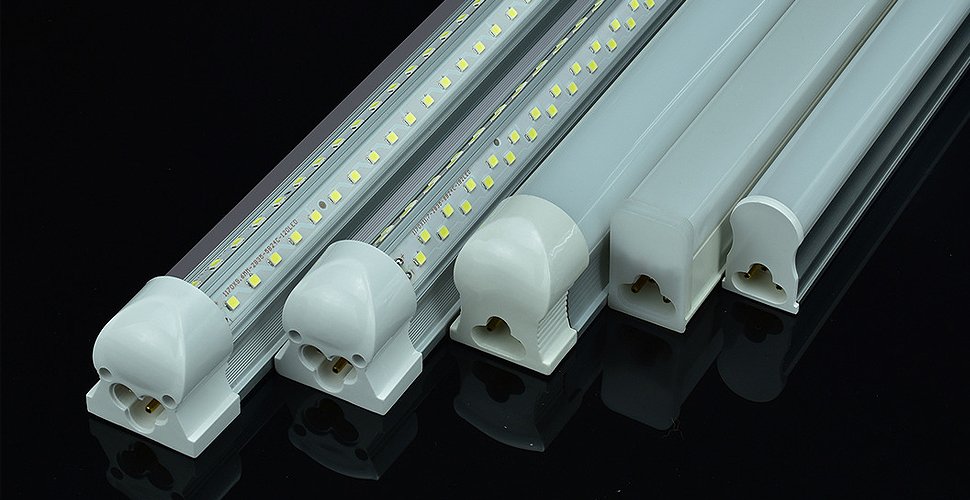Índice
In the ever-evolving realms of horticulture and agriculture, a remarkable revolution is underway. Plant factories are breaking away from tradition, reshaping our understanding of how plants grow.
As I’ve previously discussed, fábricas de plantas utilize a method known as soilless cultivation. But what makes soilless cultivation the preferred choice for plant factories over traditional soil-based methods?
In this article, I’ll delve into what soilless cultivation entails and explore its various types. Let’s start by understanding why soilless cultivation is the chosen approach.
Why Do We Use Soilless Culture?
With the continuous advancement of modern technology, considerable wealth has been created in today’s society, offering abundant opportunities for development in various fields and driving rapid progress across society as a whole.
Undoubtedly, agriculture is a pivotal aspect of societal development, as its progress directly impacts the material well-being of people worldwide. Soilless cultivation guided by technology is the solution that agriculture needs to address sustainability issues with confidence.
To address these issues and provide more sustainable solutions, agricultural production needs to explore new avenues. Guided by technology, soilless cultivation techniques have gradually come into play.
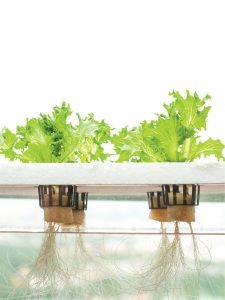 Soilless cultivation replaces the natural soil environment with artificially created conditions for plant roots, effectively addressing issues related to water, air, and nutrient supply that are often challenging in traditional soil-based cultivation.
Soilless cultivation replaces the natural soil environment with artificially created conditions for plant roots, effectively addressing issues related to water, air, and nutrient supply that are often challenging in traditional soil-based cultivation.
This cultivation method promotes the best growth conditions for plant roots, which enables them to reach their full yield potential.
As soilless cultivation technology continues to mature and advance, its cultivation areas and scope also expand, and there is a significant improvement in operational and technical management levels. It has achieved intensive and factory-like production, aiming for high quality, high yields, efficiency, and reduced resource consumption.
Picture a garden that floats in nutrient-rich water, thrives in a cloud of mist, or flourishes in harmony with fish in an aquaponic system. These are the possibilities that soilless cultivation brings to the table.
So, do you have any understanding of soilless cultivation?
The Meaning of Soilless Culture
Soilless cultivation refers to a method of growing crops without using natural soil; instead, it employs nutrient-rich liquid or solid substrates supplemented with nutrients.
It emerged as a new “cultivation revolution” after the “Green Revolution” in world agriculture in the mid-20th century, altering the long-standing agricultural practices heavily reliant on soil. It propels agricultural production into a new phase characterized by industrialization and commercialization, laying the groundwork for the future of agriculture.
 The main idea is to grow plants without using natural soil. Instead, plants are grown in nutrient solutions or solid substrates filled with organic matter.
The main idea is to grow plants without using natural soil. Instead, plants are grown in nutrient solutions or solid substrates filled with organic matter.
This artificially created environment for plant roots not only fulfills the mineral nutrition, water, and air requirements of the plants but also allows for precise control and adjustments to cater to and even promote plant growth and development. This maximizes their production potential, leading to optimal economic returns or ornamental value.
The theoretical foundation of soilless cultivation dates back to 1840 when the German chemist Justus von Liebig proposed the mineral nutrient theory (plants derive nutrition from minerals). Through continuous research and practical application of soilless cultivation technology principles, methods, and management techniques, it gradually evolved from horticultural cultivation and emerged as a distinct and comprehensive applied science.
It represents the convergence of modern agricultural technology with biological sciences and crop cultivation, becoming an interdisciplinary field at the intersection of these domains.
 To truly comprehend and master the principles and techniques of soilless cultivation, one must acquire knowledge in plant physiology, agricultural chemistry, crop cultivation, materials science, computer applications, environmental control, and other related fields.
To truly comprehend and master the principles and techniques of soilless cultivation, one must acquire knowledge in plant physiology, agricultural chemistry, crop cultivation, materials science, computer applications, environmental control, and other related fields.
This practical experience and observation are essential for effective soilless cultivation.
What Are The Types of Soilless Culture?
While there are numerous types of soilless cultivation, there isn’t a standardized classification system.
Based on whether a growing medium is used and the characteristics of that medium, soilless cultivation can be divided into substrate-based and substrate-less cultivation.
Based on the amount of energy consumption and its impact on environmental and ecological conditions, it can be categorized into organic eco-friendly and inorganic energy-intensive soilless cultivation.

Substrate-Less Soilless Cultivation
Substrate-less cultivation refers to a method where plant roots grow in nutrient solution or humid air containing nutrients, although during the seedling stage, a substrate may be used to stabilize the roots.
This method can be categorized into two main types: Hydroponics and Aeroponics.
1. Hydroponics
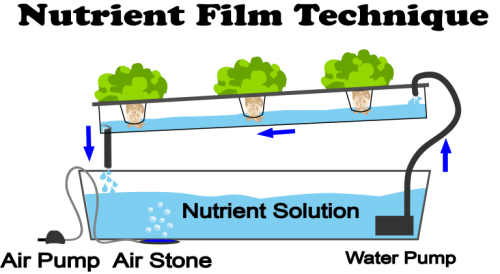
Hydroponics involves the majority of plant roots growing directly in the liquid layer of nutrient solution.
There are different hydroponic systems based on the depth of the nutrient solution. The choice of system should depend on economic, cultural, and technological factors.
Vertical systems such as the AUXGROW SG40 series are shallow liquid flow systems that are suitable for home growing, container growing, and hydroponic education. If you need to know, please click to view.
| Types | Abbreviations | Depth of Liquid Layer | Nutrient Solution Status | Note | |
|---|---|---|---|---|---|
| Nutrient Film Technique | NFT | 1-2 cm | Fluid | ||
| Deep Flow Technique | DFT | 4-10 cm | Fluid | ||
| Floating Capillary Hydroponics | FCH | 5-6 cm | Fluid | There is a floating plate in the nutrient solution, topped with a non-woven fabric on which part of the root system is laid. | |
| Floating Hydroponics Technology | FHT | 10-100 cm | Fluid or Static | Plants are planted on floating plates, which float naturally in the nutrient solution. | |
| Outros | Flow Technology(EFT)、Static Atmospheric Technique(SAT)、Atmospheric Flow Technology (AFT)、Various static hydroponic systems | ||||
2. Aeroponics

Aeroponics is a method of growing plants in which the roots are suspended in a container and sprayed with a nutrient solution in mist form.
The misting system is automatic and sprays the nutrient solution onto the surface of the roots at regular intervals. The solution is recirculated, making the process efficient in providing the necessary nutrients, water, and oxygen to the roots simultaneously.
For instance, AUXGROW’s hydroponic tower is an example of an aeroponic tower suitable for home gardening and vertical farming. If you would like to learn more, please click to explore.
Substrate-Based Soilless Cultivation
Substrate-based cultivation, commonly referred to as substrate cultivation, is a soilless cultivation method where plant roots grow in various natural or synthetically created substrates. The roots are anchored in the substrate, which serves as a means to provide plants with nutrients, water, and oxygen.
The primary characteristic of substrate cultivation is the use of a growing medium to anchor and support the roots while also providing essential nutrients and air.
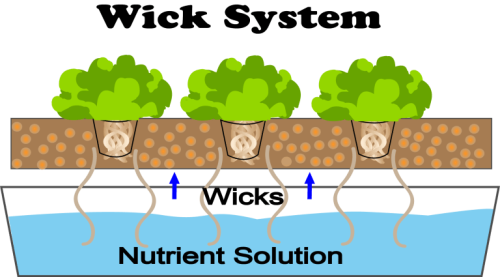
In most cases, there is a harmonious balance between water, nutrients, and air supply, ensuring an adequate provision of these elements.
- Advantages of substrate cultivation include lower equipment investments, ease of sourcing local materials for production, and consistent and excellent production performance.
- However, there are drawbacks to consider. Substrate cultivation involves an initial investment in the growing medium, and the volume of the medium can be substantial. Additionally, the costs associated with filling, sterilization, and reusing the medium can be relatively high.
This method also requires significant time and labor input, and there is an ongoing consumption of production materials.
Substrate cultivation can be categorized based on the type of growing medium used into three main types: inorganic substrate cultivation, organic substrate cultivation, and composite substrate cultivation.
Depending on the cultivation method employed, it can further be divided into various forms, including trough cultivation, container cultivation, pot cultivation, bag cultivation, and vertical cultivation.
1. Inorganic Substrate Cultivation
Inorganic substrate cultivation refers to a soilless cultivation method that utilizes inorganic materials such as river sand, rock wool, perlite, vermiculite, and pumice as the growing medium.
Rock wool, widely used in Western Europe and North America, is among the most prominent choices. In China, commonly used substrates include perlite, vermiculite, coal slag, and sand, with expanded clay pellets being predominantly used for flower cultivation.
Currently, inorganic substrate cultivation is experiencing the most rapid growth and has a wide range of applications.
Common forms of inorganic substrate cultivation include sand-based cultivation, gravel-based cultivation, pumice-based cultivation, perlite-based cultivation, rock wool-based cultivation, gravel-sand-based cultivation, and wood chip-based cultivation, among others.
2. Organic Substrate Cultivation
Organic substrate cultivation involves a soilless cultivation method that utilizes organic materials such as peat, wood chips, rice husks, bark, coconut coir, spent mushroom substrate, and other organic matter as the growing medium.
Since these substrates are organic, they typically undergo fermentation or composting processes before use to maintain stable physical and chemical properties, ensuring safe and effective utilization.
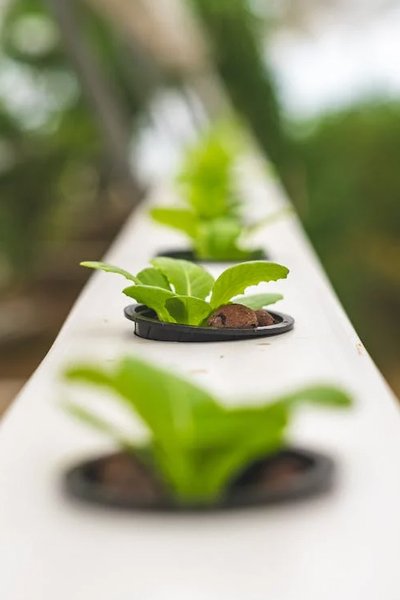
3. Composite Substrate Cultivation
Composite substrate cultivation involves the blending of organic and inorganic substrates in appropriate proportions to create a composite growing medium.
This approach enhances the physical and chemical properties of a single substrate, improving its overall effectiveness, and can often make use of locally available materials.
Composite substrate formulations offer greater flexibility in choice, resulting in relatively lower substrate costs.
Organic Ecological and Inorganic Energy-Intensive Soilless Cultivation
Organic Ecological Soilless Cultivation involves the exclusive use of solid organic fertilizers instead of nutrient solutions.
During irrigation, only plain water is applied, and the drainage poses no environmental pollution. This method can produce certified organic, environmentally friendly food, making it a promising choice with a wide range of applications.
Inorganic Energy-Intensive Soilless Cultivation refers to the current practice of using synthetic fertilizers to formulate nutrient solutions.
This method consumes a substantial amount of energy in the nutrient solution circulation process, and the irrigation runoff can pollute the environment and groundwater. Additionally, the food produced may exceed acceptable nitrate levels.
Entre em contato com a AUXGROW hoje
If you’re already familiar with the types of soilless cultivation and find it intriguing, feel free to continue browsing our website.
You can click to explore the various ways in which soilless cultivation can yield its benefits.
Jayes
Como gerente de marketing digital da AUXGROW, Jayes combina paixão por sistemas hidropônicos e experiência em luzes LED de cultivo. Com experiência prática e profundo conhecimento, Jayes guia você pelo mundo do cultivo sustentável.

